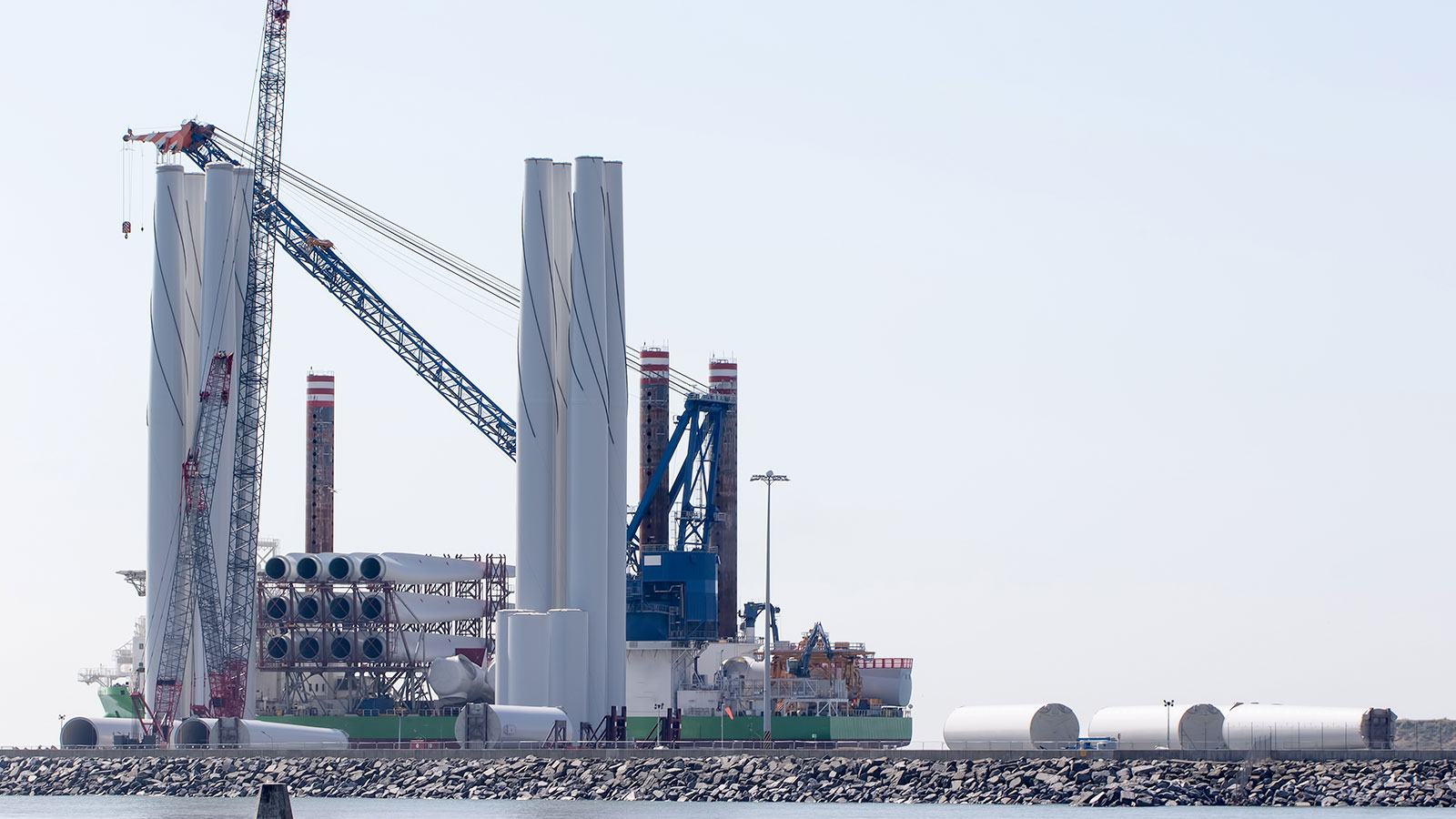The UK Government has unveiled the results of its fifth Contracts for Different auction, securing less renewable capacity than last year and no offshore wind at all.
With high hopes for the UK’s future as an island powered by renewables, the latest auction results have sent alarm bells throughout the industry. Although many have criticised the low administrative strike price of £44 per MWh (in 2012 prices) as the reason for the auction’s failure.
As part of the British Energy Security Strategy, which was revealed in April 2022, the UK Government committed to boosting the capacity of offshore wind to 50 GW by 2030. That means with seven years still to go, the UK is 36GW short of its target.
To achieve that target in that time, the UK needs to get a move on and build more offshore wind farms, however, the results of the latest CfD auction will worry those in Westminster who will now find hitting their goal of 50 GW by 2030 even harder.
Even more concerning for Westminster should be the sharp reduction in the amount of renewable capacity secured during the latest auction. Last year 11 GW of renewable capacity was secured, while just 3.7 GW was secured during this auction.
Why the fifth Contracts for Difference auction secured lower renewable capacity?
So, why did this auction receive fewer bids? Well, the answer is simple – cost. Companies building renewable energy generation have had to contend with rising prices for everything from wind turbines to transportation, meaning in order to see a return on investment they need to sell their electricity for more than what the Government was offering.
During the fifth CfD auction, the Government set the maximum price it was willing to pay at £44 per MWh in 2012 prices, which equates to about £60 per MWh today. Given the average cost of electricity in the UK currently stands at £87 per MWh, you start to get a picture of why companies were unwilling to bid in the latest auction.
Alex Asher, Senior Consultant at Cornwall Insight, noted, “Last year’s CfD auction secured significant levels of renewables capacity, this year is a much more disappointing story, as high inflation, high cost of capital and supply chain issues have led offshore wind developers to opt out of the bidding.
“While there have been continued efforts from the renewables industry to drive down prices through innovation and efficiency measures, these developments have been unable to keep pace with an increasingly volatile economic environment. The administrative strike price has not been increased to reflect development costs and as a result, the auction was not seen as an economically viable option for several developers, leaving some projects without a clear path to market.
“The auction is likely to be a major blow to the government’s renewables plans and makes meeting 2030’s offshore wind targets more challenging.
“The CfD scheme is a substantial tool for providing investor certainty in renewable projects. It has been successful in allowing the deployment of large-scale renewables as well as helping to reduce consumer costs in periods of high wholesale electricity prices. Whilst alternative routes to market are open to these technologies, they are far more challenging.
“It’s imperative for the government to reassess certain structures of the scheme, to determine the optimum approach for continued deployment of renewables.”
What can be done to improve the next Contracts for Difference auction?
Work has already begun on assessing what went wrong with the fifth CfD auction, and one solution being floated is indexing the administrative strike price to the costs associated with building renewable capacity – such as the price of steel.
Commenting on the results of Contracts for Difference Allocation Round 5, the Co-Chair of the Offshore Wind Industry Council, Richard Sandford, said, “Although today’s auction results are disappointing, the offshore wind industry’s continued focus is working closely with the Government to reform the auction process so that we can secure far more capacity next year and beyond. The UK has the second largest offshore wind pipeline in the world, with more than a hundred projects at all stages of development.
“It’s clear that this year’s auction represents a missed opportunity to strengthen Britain’s energy security and provide low-cost power for consumers. If all the offshore wind projects eligible to bid into this auction had done so, we could have powered the equivalent of more than five million British homes a year. So, lessons must be learned to ensure that the parameters of the auction are set correctly in the future. The landmark report published earlier this year by the Government’s offshore wind champion Tim Pick shows how the industry can grow successfully in the years ahead.
“Our plans to accelerate the growth of this innovative sector in the years ahead remain ambitious and undimmed. We will continue to work with Ministers to build up a world-class domestic offshore wind supply chain around the UK, creating tens of thousands of jobs and attracting billions in private investment, as well as providing further opportunities to export our products and expertise globally. We are determined to get back on track to meet the Government’s clean energy targets and net zero goals.”

